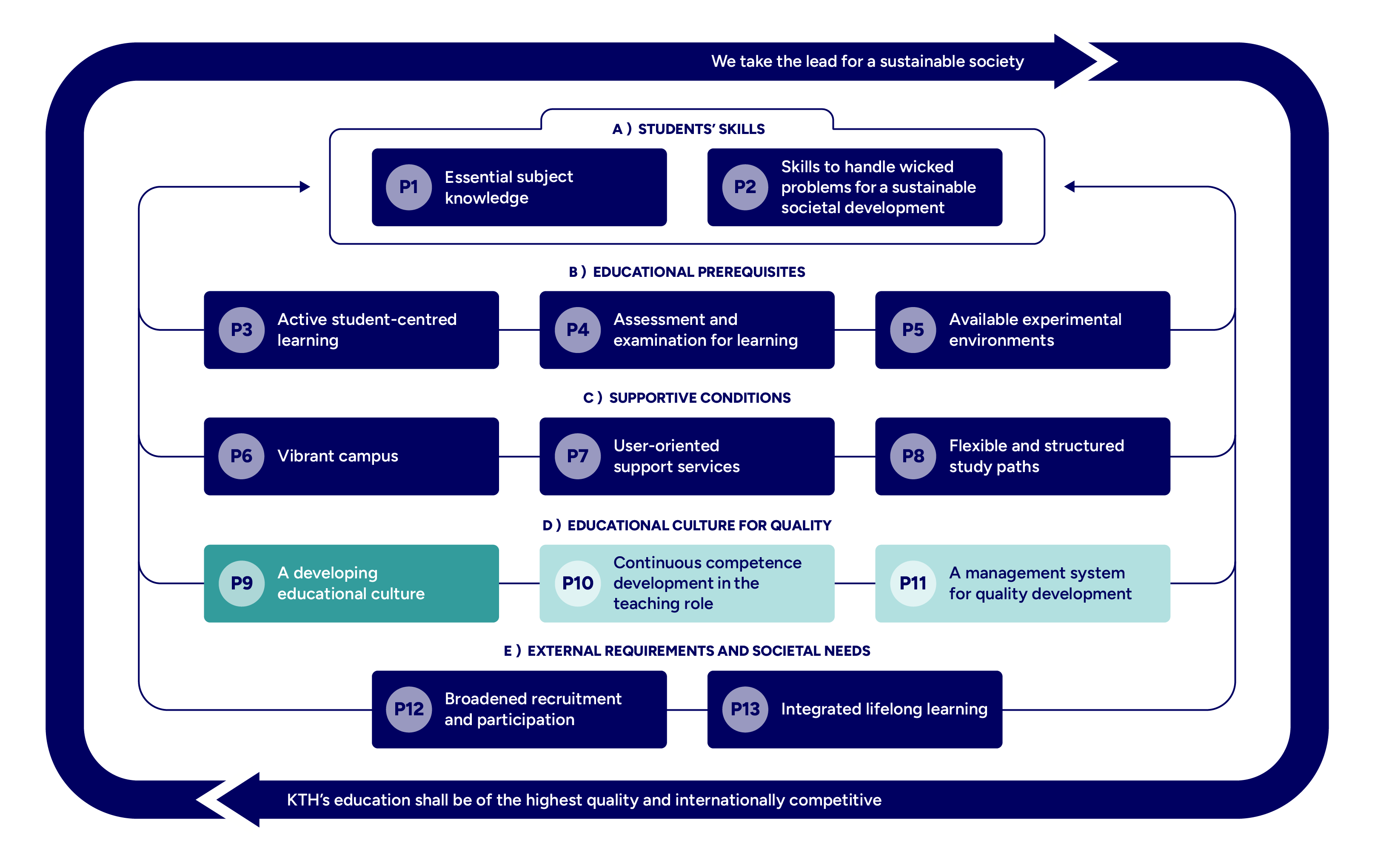Indicators and incentives: course offering renewal at second cycle academic education
The project involves defining which indicators, principles and incentives lead to a course offering with subject-specific breadth and depth as well as sustainable staffing and financial viability. It also includes identifying the course changes that can be made possible.

Project context
Course renewal is difficult when each teacher has too many courses. The course offering also overlaps between parts of courses, which gives an indication that there is potential for efficiency improvements. This development does not happen naturally but requires governance and incentives that lead to a course offering that meets several criteria: including subject-specific breadth and depth, sustainable staffing and financial viability.
Purpose (outcome)
The purpose of the project is to ensure good course quality with the desired subject breadth and depth despite an increased number of students and essentially unchanged teacher capacity, in order to create sustainable staffing at the departments with the capability for development.
Project results (output)
- Indicators that lead to renewal, e.g. number of courses per teacher or HST per course.
- Economic principles that reward collaboration ("our course") over individual work ("my course").
- Synergies that lead to desired renewal, e.g. synergy between
- (sub)subjects
- educational levels
- organisations
- pedagogical models
- Documentation of the course changes made possible through this process.
Time plan
Start date: 2025-05-15
End date: 2026-06-30
Project documentation
If you have a KTH ID, you can read the latest project documents on OneDrive when logged in:
- Poster: The project’s first poster (in Swedish) will be available at the ”Storträffen” meetup on 2025-12-01
- Project initation document: Projektdirektiv_FrU25_2522-SCI_Indikatorer_Incitament_Kursförnyelse_250929.pdf (Swedish)
